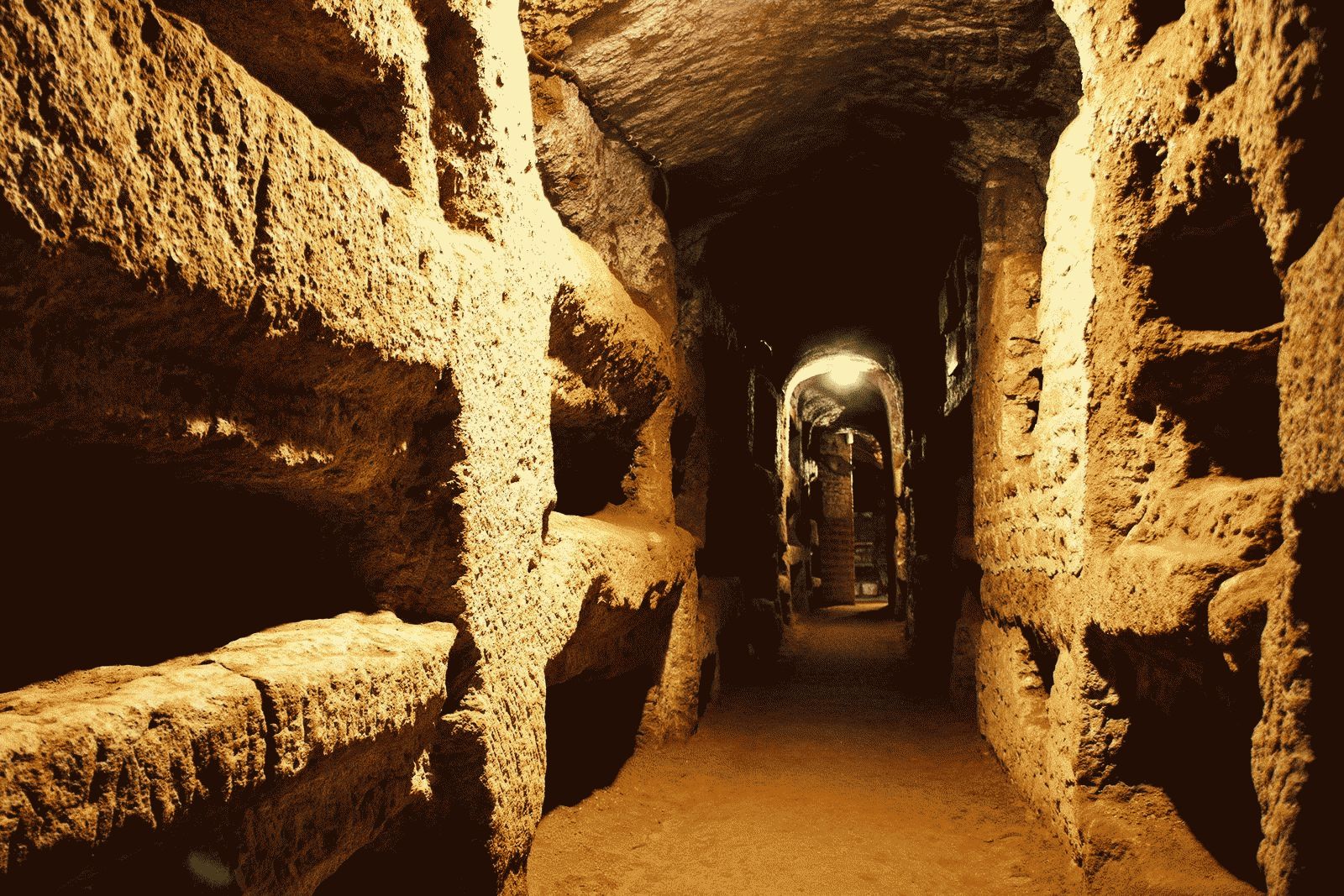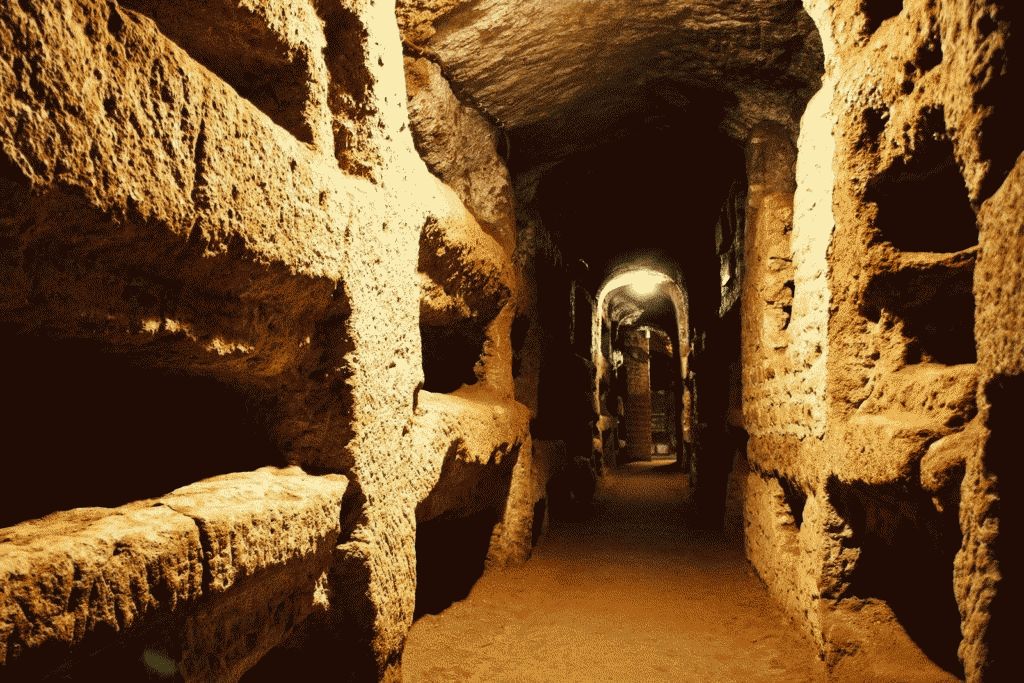Country:
Region:
Value:
Visit duration:
Description:
They were the official cemetery of the Church of Rome in the 3rd century AD. Around half a million Christians were buried here, among them many martyrs and 16 popes. They are named after the deacon St. Callixtus who, at the beginning of the 3rd century AD, was assigned by Pope Zephyrinus to the administration of the cemetery. The Callistian complex is the property of the A.P.S.A. Administration of the Patrimony of the Apostolic See. Governance, custody, and preservation are entrusted to the P.C.A.S. Pontifical Commission of Sacred Archaeology, a body of the Holy See. Since 1930 the reception of pilgrims and guided tours of the catacombs open to the public have been entrusted to the Salesians of Don Bosco.
Categories:
Topics:
Why visit:
Interesting:
Fitness level:
Best visit time:
Access:
Roads:
Facilities:
Emergency:
112
Clothing:
Seasonable
Connection:
Ok
Resources:
- Turtle facts
- Brazil Travel Costs
- Egypt
- Ratmanov Island
- Somalia: A Country of Risk and Contrasts — Is It Worth Going?
- Forest Elephants May Return to Nyungwe National Park
- Bolivia
- Los Angeles
- Baikal facts
- History, discovery and scientific significance of the McMurdo Dry Valleys
- Manage your travel Place
- Rising prices for travel in Germany in 2025: reasons, scale and consequences
- The Highest Settlements in the World: Life on the Roof of the Planet
- Hiroshima’s nuclear blast: how tragedy reshaped travel routes
- Interesting facts about Baikal
- Alaska
- Kamchatka
- Great lakes
- Bali
- Why Colombia is dangerous for tourists












